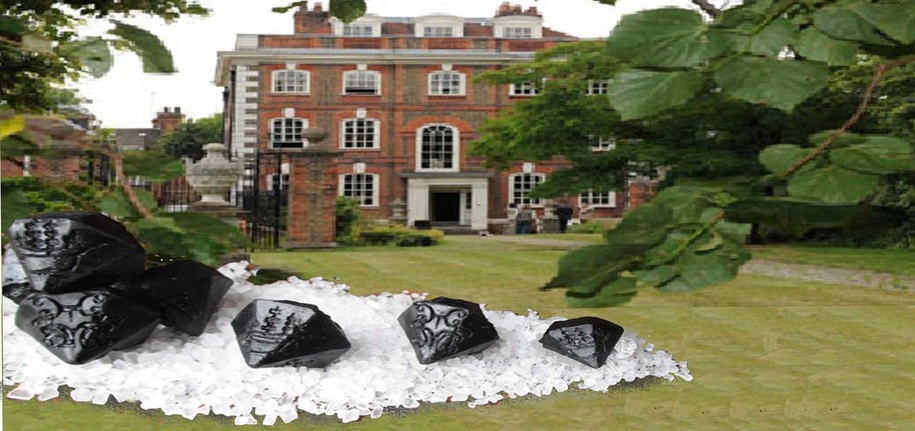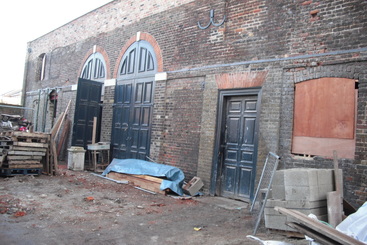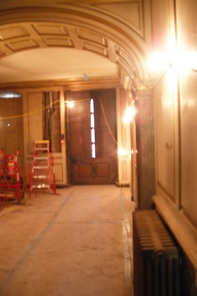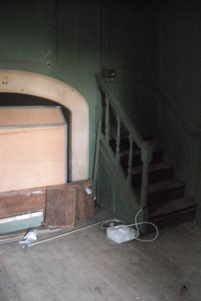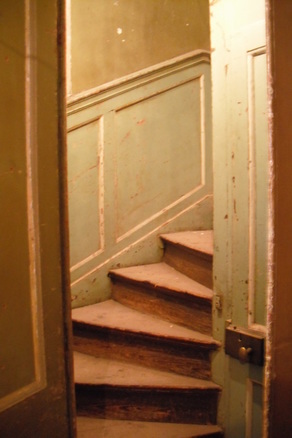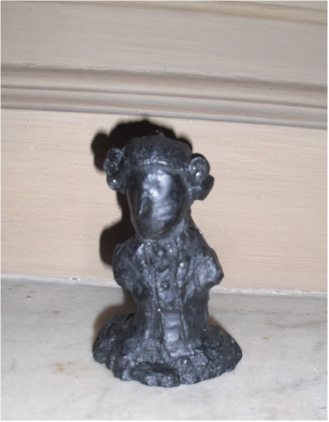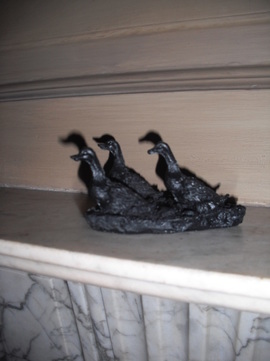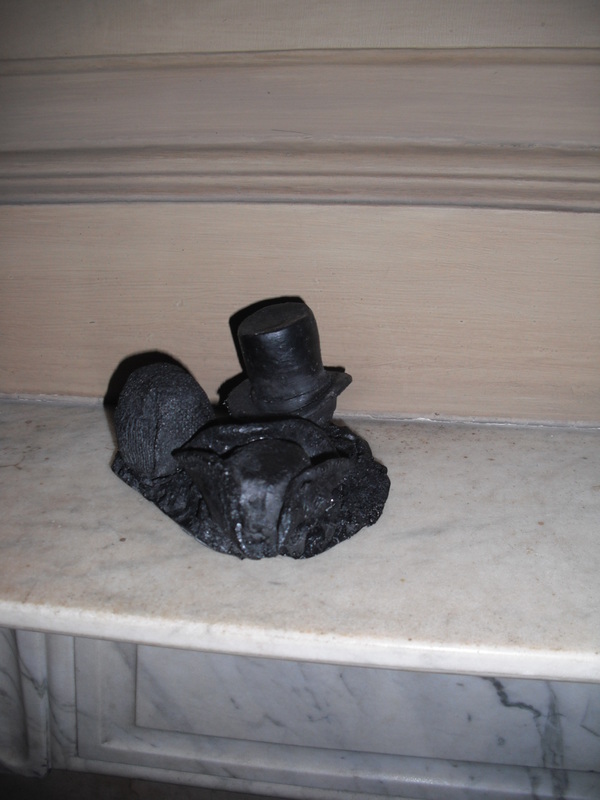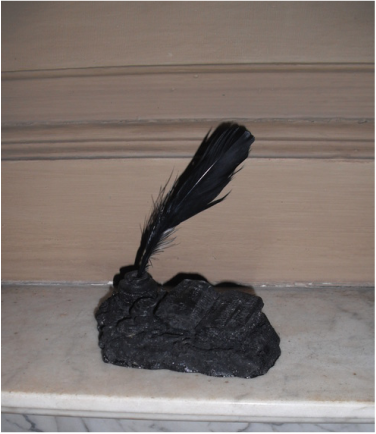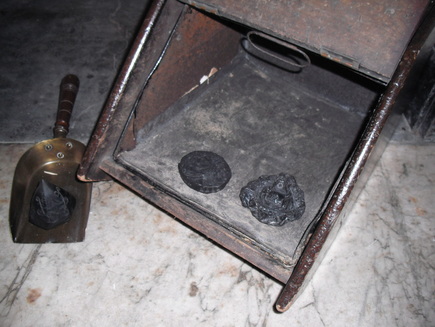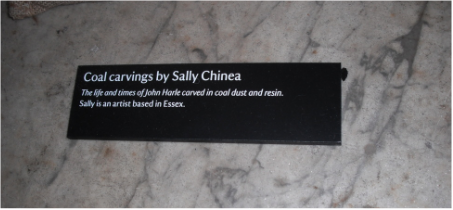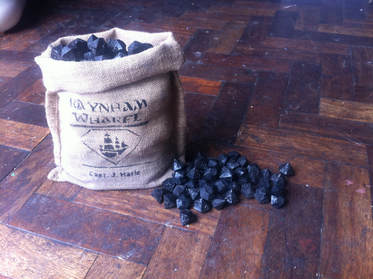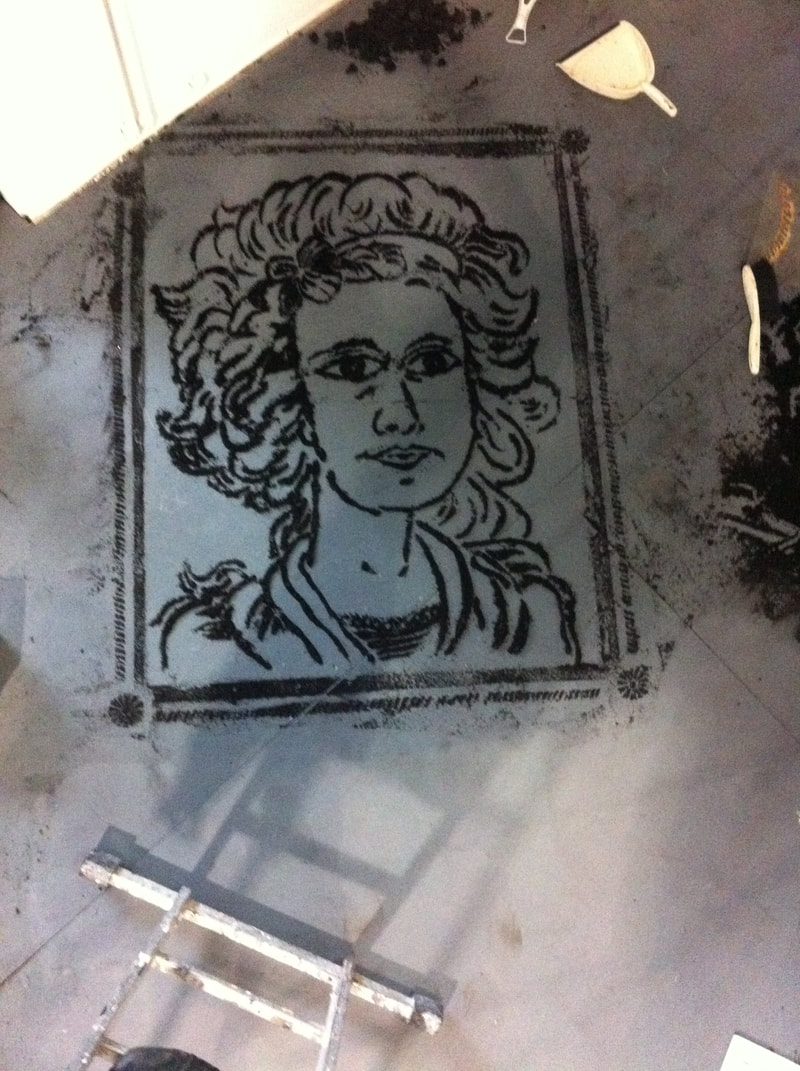Rainham Hall - A project with the National Trust
Rainham Hall is a Grade II* listed Georgian house, built in 1729 for Captain John Harle. the house was transferred to the National Trust in 1949; now with significant investment from the Heritage Lottery Fund, the National Trust are renovating the buildings and grounds, so it can be open to the public for the first time.
with builders on site and work still going on I was given an exciting opportunity to view behind the scenes
The journey of discovery then began! extensive research at many libraries, Essex record office, Chelmsford Museum and much more! he even popped up in the Maritime Museum, Greenwich...
'The life and times of Captain John Harle ' told through coal!
|
John Harle 1688-1742.
John Harle born in South Shields, Durham, to a yeoman family. They were humble salt farmers and sea traders - from as young as 8 was at sea with his father, transporting goods, mainly coal. |
|
|
Captain of ships, but was never part of the navy, although the coal fleets became the 'nursery off the navy' the family owned (and part owned) many ships namely;-
The Harle, Mary, Union, Wolfe, Castle |
As John Harle became more successful he started to frequent the coffee shops of London , mainly Lloyds. Here goods were brought and sold buy the inch candle sales, when the pin falls or the candle dies, the sale ends.
|
This piece depicts John Harles rise in status and class depicted in hats. The humble salt farmer depicted by the knitted Mommoth cap - to the felt tricorn hat and finally reaching the upper class the top hat .
|
|
John Harle, despite his tough beginning was an educated man, highly literate and numerate, as his accounts show.
Later in life he became overseer for the parish of Rainham. In 1718 he married Mary Tibbington, a wealthy widow from Stepney, and purchased the Rainham wharf. He invested money dredging the River Ingrebourne, thereby giving trading vessels a route up to Rainham from the Thames. He had Rainham Hall constructed in 1729 using high-quality materials as a showcase for the building products he sold. Harle is credited with being significant in the development of Rainham Village throughout the 18th century. |
Coffee House Tokens
During the 17th Century most merchandise traded their wares in the coffee shops in London, this was a time of shortage of metals due to the civil war, so the resourceful merchants often created their own money in the form of tokens.. Each merchant s token would represent his ware.
I have made 150 coal tokens for an opening event as part of a visitor experience in the pop up 18th century coffee house experience planned.
Each token features the crest of John and Mary Harle taken from the front of the house, along with his ship over a coffee cup,
If you were one on the 1st 150 people to visit the hall and have a token, id love to hear from you.
'Dust to Dust'
An (imagined) portrait of Mary Harley in coal dust
created in the door way of the gallery space at TAP Southend-on Sea... as the exhibition progressed she got more walked over and Mary gradually disappeared , an intentional process that caused much discussion.
